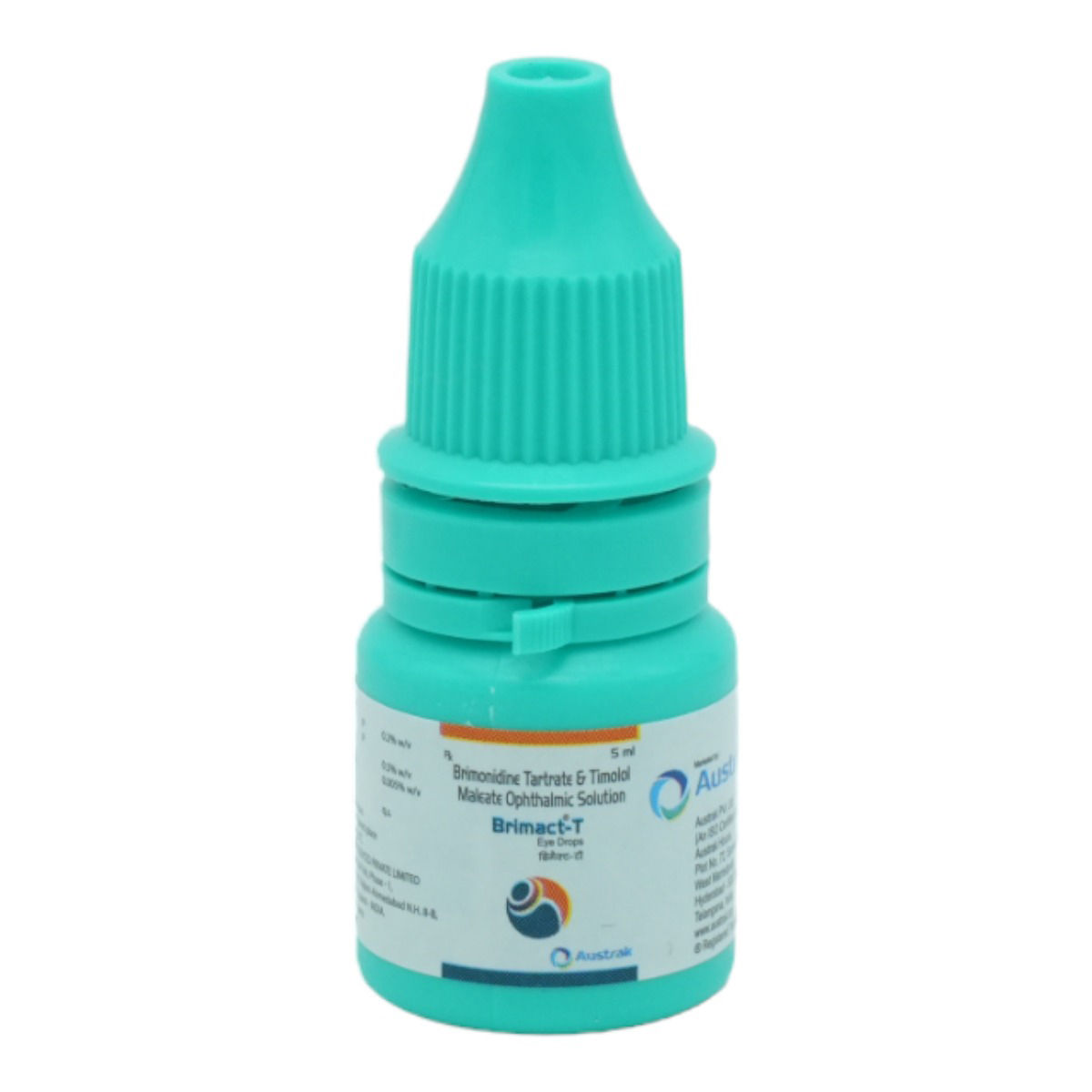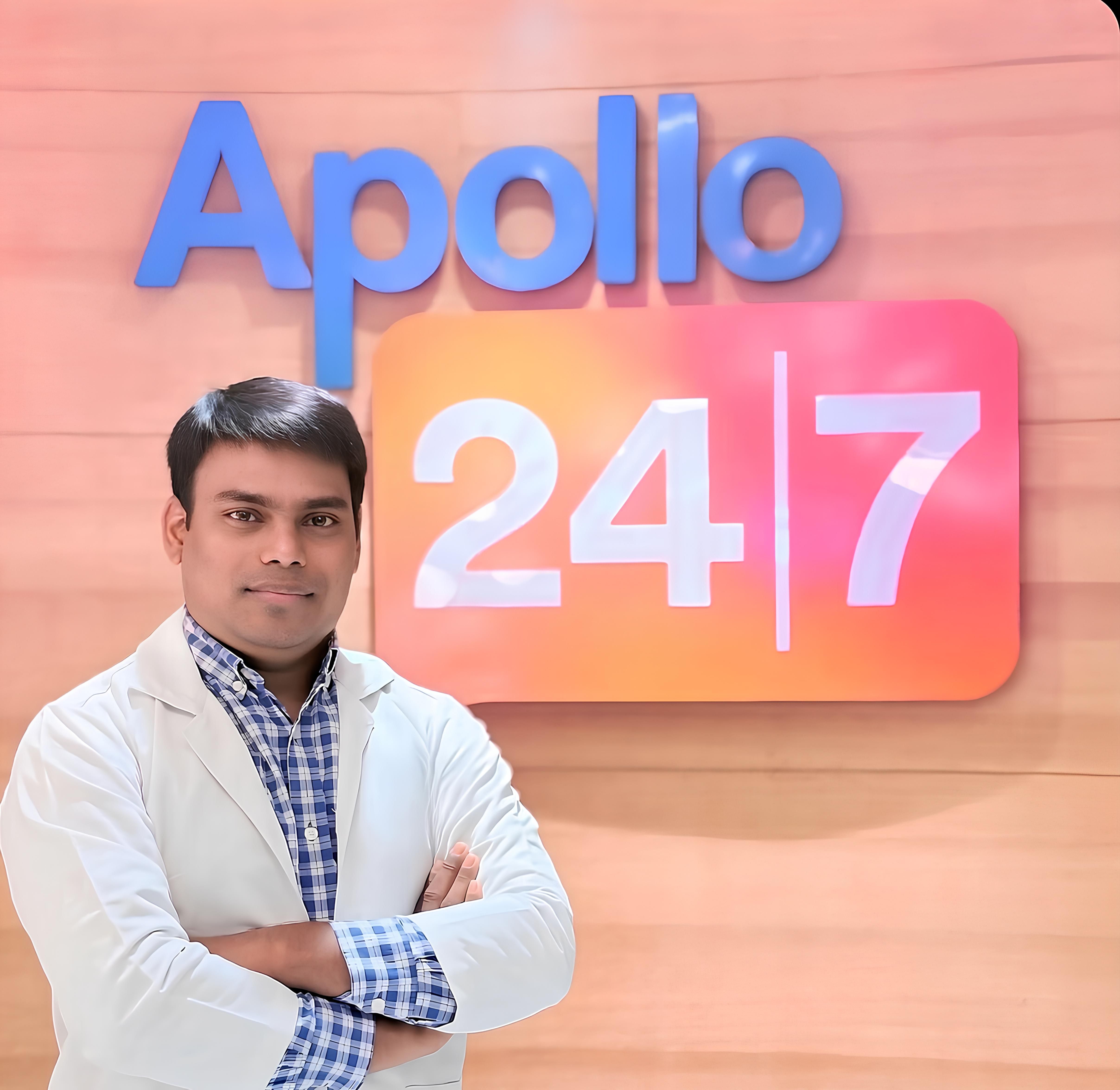Novabrim Eye Drop
₹162*
MRP ₹180
10% off
₹153*
MRP ₹180
15% CB
₹27 cashback(15%)
Free Delivery
With Circle membership
(Inclusive of all Taxes)
This offer price is valid on orders above ₹800. Apply coupon PHARMA10/PHARMA18 (excluding restricted items)
Know Your Delivery Time
Provide Delivery Location

Available Offers
 Prescription drug
Prescription drugWhats That

Secure Payment

India's Most Trusted Pharmacy

Genuine Products
Composition :
Manufacturer/Marketer :
Consume Type :
Return Policy :
About Novabrim Eye Drop
Novabrim Eye Drop is used to treat open-angle glaucoma and ocular hypertension (high pressure in the eyes). Glaucoma is a common eye condition where the optic nerve, which connects the eye to the brain, becomes damaged. It's usually caused by fluid building up in the front part of the eye, which increases pressure inside the eye.
Novabrim Eye Drop is a combination of two medicines, namely Brimonidine and Timolol. Brimonidine is a sympathomimetic drug, an agent that mimics the responses of sympathetic nerves. It acts by narrowing the blood vessels that reduce the flow of aqueous humour. Timolol belongs to a class of anti-hypertensive drugs called 'beta-blockers' primarily used to treat increased pressure in the eye. It decreases the secretion of aqueous humour by acting on a ciliary body in the eye, thereby causing a decrease in eye pressure.
Your doctor will advise on how often you take Novabrim Eye Drop based on your medical condition. Some common side effects of Novabrim Eye Drop include itching, stinging sensation, foreign body sensation in the eye, burning sensation in the eye, redness, blurred vision, tiredness, drowsiness, headache, and dryness in the mouth. These side effects do not require medical attention and gradually resolve over time. Although not all of these side effects may occur, they may need medical attention if they do occur.
Try not to stop taking this medicine of your own. You should not use Novabrim Eye Drop without consulting your doctor if you have an eye infection, allergies, closed-angle glaucoma, thyroid diseases, asthma, chronic obstructive pulmonary disease (COPD), heart, liver and kidney diseases, diabetes, high or low blood pressure, depression, Raynaud's phenomenon (numbness in various parts of the body), and slow heartbeats that make you faint. It is not recommended to use Novabrim Eye Drop during breastfeeding since Timolol can pass into breast milk. Check with your doctor before using Novabrim Eye Drop if you are pregnant, currently breastfeeding, or taking any other prescribed or non-prescribed medicines.
Uses of Novabrim Eye Drop
Directions for Use
Medicinal Benefits
Novabrim Eye Drop effectively treats open-angle glaucoma and (ocular hypertension) high pressure in the eyes. Novabrim Eye Drop consists of Brimonidine and Timolol. Brimonidine is a sympathomimetic drug, an agent which mimics the responses of sympathetic nerves. It acts by narrowing the blood vessels that reduce the flow of aqueous humour. Timolol belongs to a class of anti-hypertensive drugs called 'beta-blockers' primarily used to treat increased pressure in the eye. It decreases the secretion of aqueous humour by the ciliary body in the eye, thereby causing a decrease in eye pressure.
How Novabrim Eye Drop Works
Storage
Side Effects of Novabrim Eye Drop
- Itching
- Stinging sensation
- Foreign body sensation
- Burning sensation in the eye
- Redness
- Blurred vision
- Tiredness
- Drowsiness
- Headache
- Dryness in the mouth.
What if I have taken an overdose of Novabrim Eye Drop
Drug Warnings
Before taking Novabrim Eye Drop, let your doctor know if have a history of eye infection, allergies, closed-angle glaucoma, thyroid diseases, asthma, chronic obstructive pulmonary disease (COPD), heart, liver and kidney diseases, diabetes, high or low blood pressure, depression, Raynaud's phenomenon (numbness in various parts of the body), and slow heartbeats that make you faint. Please consult your doctor if you are pregnant, planning to conceive or are a breastfeeding mother. Novabrim Eye Drop can cause blurry vision; hence drive or operate machinery only if you are able to see things clearly. It is better to avoid alcohol while being treated with Novabrim Eye Drop
Diet & Lifestyle Advise
Wash your hands regularly. Avoid touching the eyes with dirty hands.
Avoid rubbing the eyes.
Avoid sharing eye makeup, such as eyeliner, mascara or kohl.
Always use clean towels or tissues to wipe your eyes and face.
Try to maintain good hygiene to keep your eyes clean and irritant-free.
If you wear contact lenses, clean and replace contact lenses more often. Never share contact lenses. Always remember to wash your hands before using and removing the contact lens.
Avoid staring at the digital screens for longer durations. Rest your eyes every 20 minutes.
Habit Forming
Therapeutic Class
Novabrim Eye Drop Substitute

Alfabet PF Eye Drop 10 ml
by AYUR
₹53.10per tabletBidin-T Eye Drops 5ml
by Others
₹45.36per tabletIotim-B Eye Drops 5 ml
by Others
₹71.82per tabletBetabrim Eye Drops 5 ml
by Others
₹73.08per tabletBrimosoft-T Eye Drops 5 ml
by AYUR
₹62.10per tablet
Product Substitutes
Alcohol
Caution
Interaction of alcohol with Novabrim Eye Drop is unknown. Please consult a doctor before consuming alcohol with Novabrim Eye Drop.
Pregnancy
Caution
Please consult your doctor if you are planning to become pregnant or already pregnant before starting Novabrim Eye Drop.
Breast Feeding
Caution
It is not recommended to use Novabrim Eye Drop during breastfeeding since Timolol can pass into breast milk and harm a nursing baby. Consult your doctor before starting Novabrim Eye Drop.
Driving
Caution
Novabrim Eye Drop may cause side effects like blurry vision which could affect your ability to drive. Do not drive or operate machinery in such cases. Drive only when you are alert and have a clear vision.
Liver
Caution
Let your doctor know if you have any history of liver diseases. Your doctor will weigh the benefits and potential risks before prescribing Novabrim Eye Drop.
Kidney
Caution
Let your doctor know if you have any history of kidney diseases. Your doctor will weigh the benefits and potential risks before prescribing Novabrim Eye Drop.
Children
Caution
The dose may have to be adjusted by your doctor depending upon the condition of the children's disease and age.
FAQs
Disclaimer
Author Details
We provide you with authentic, trustworthy and relevant information






















